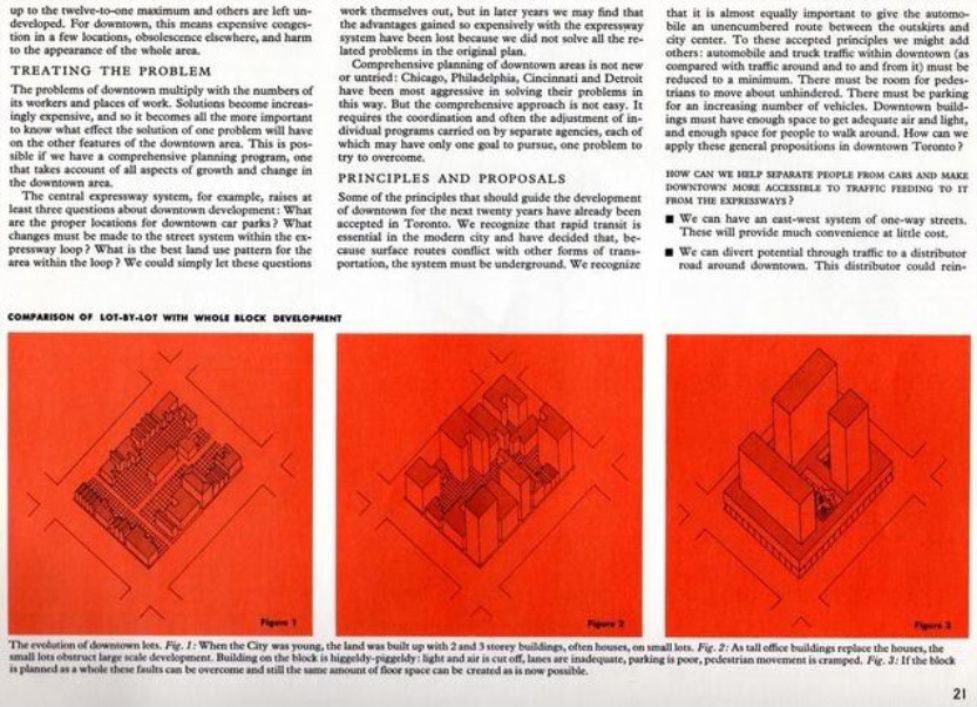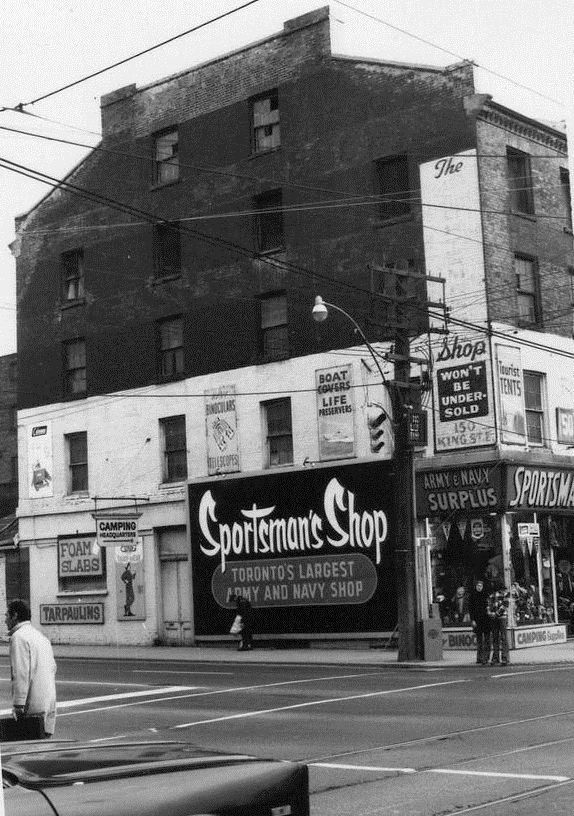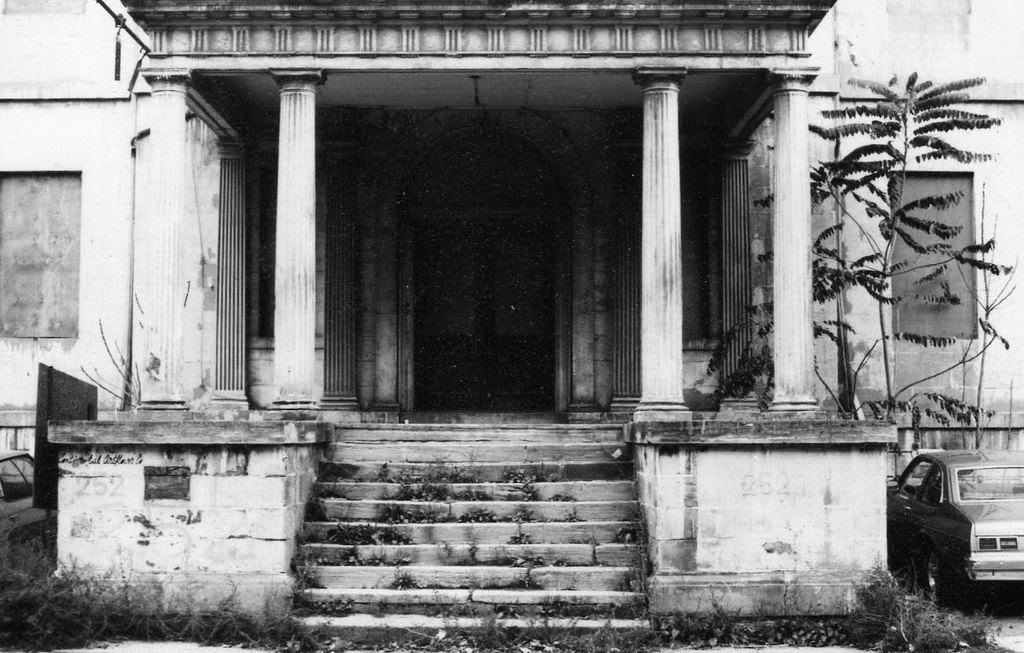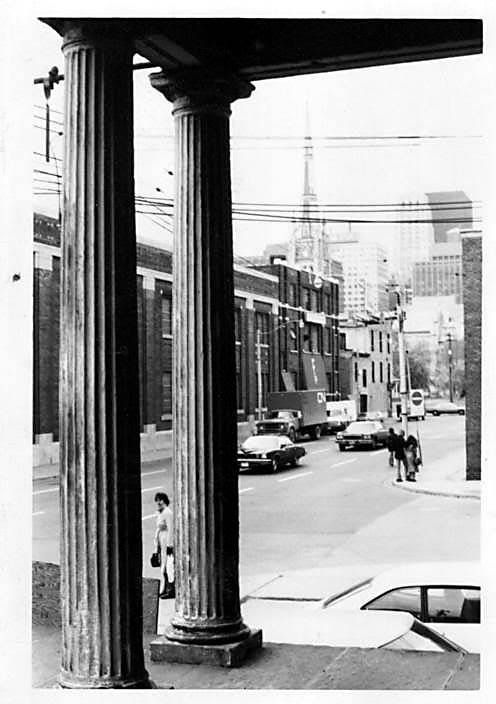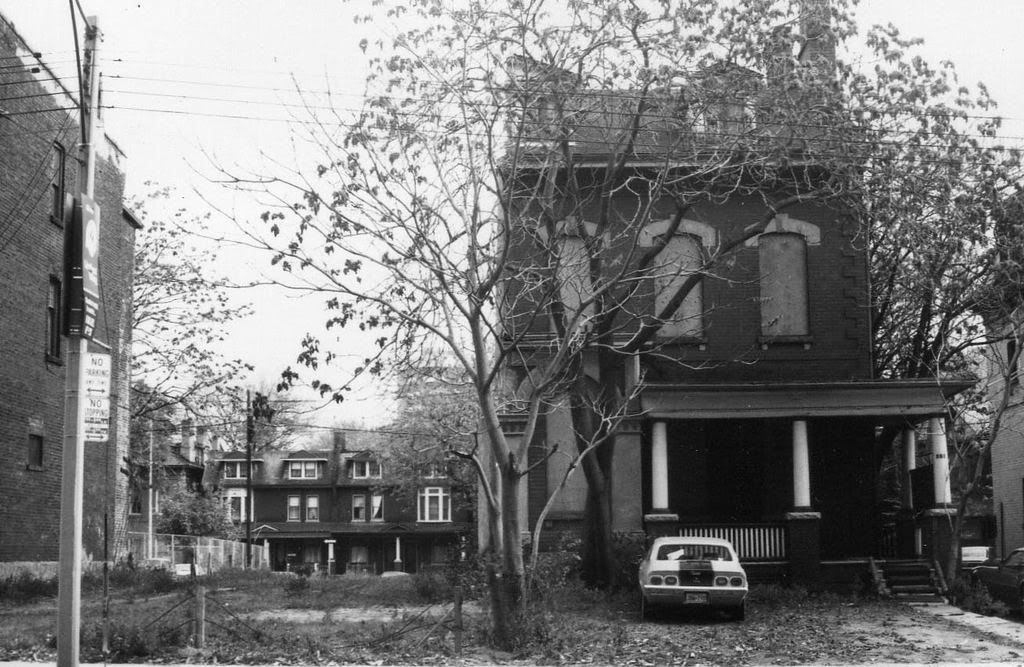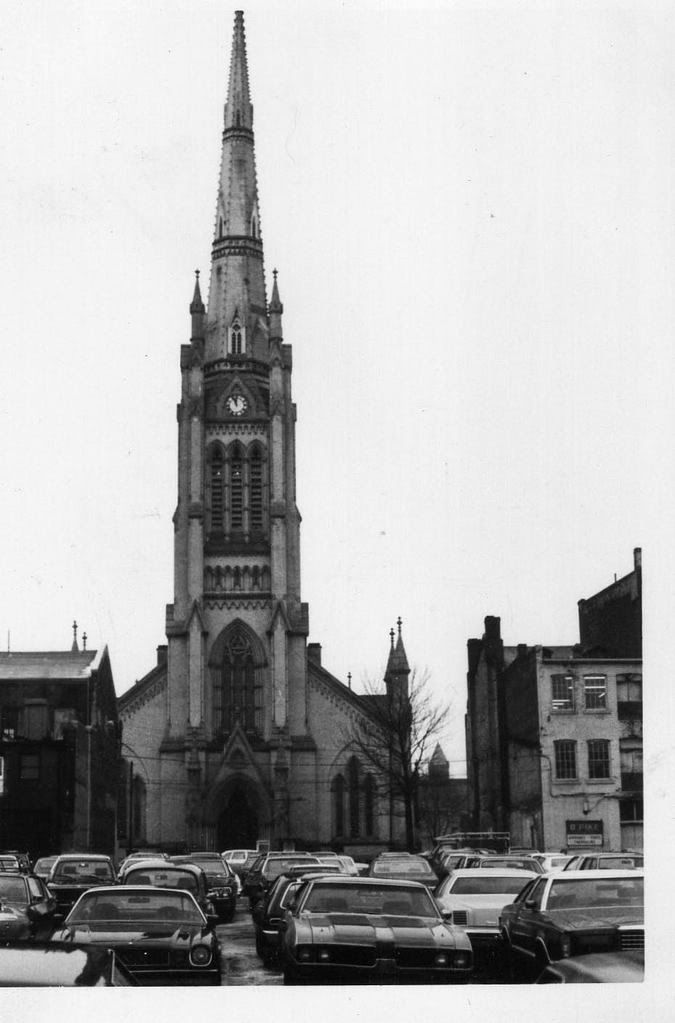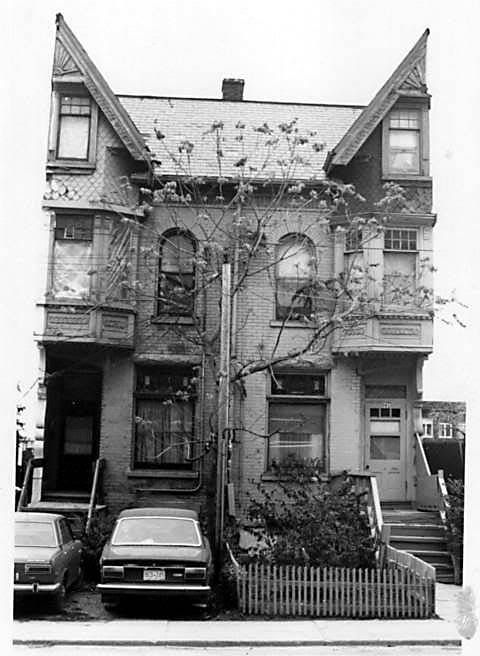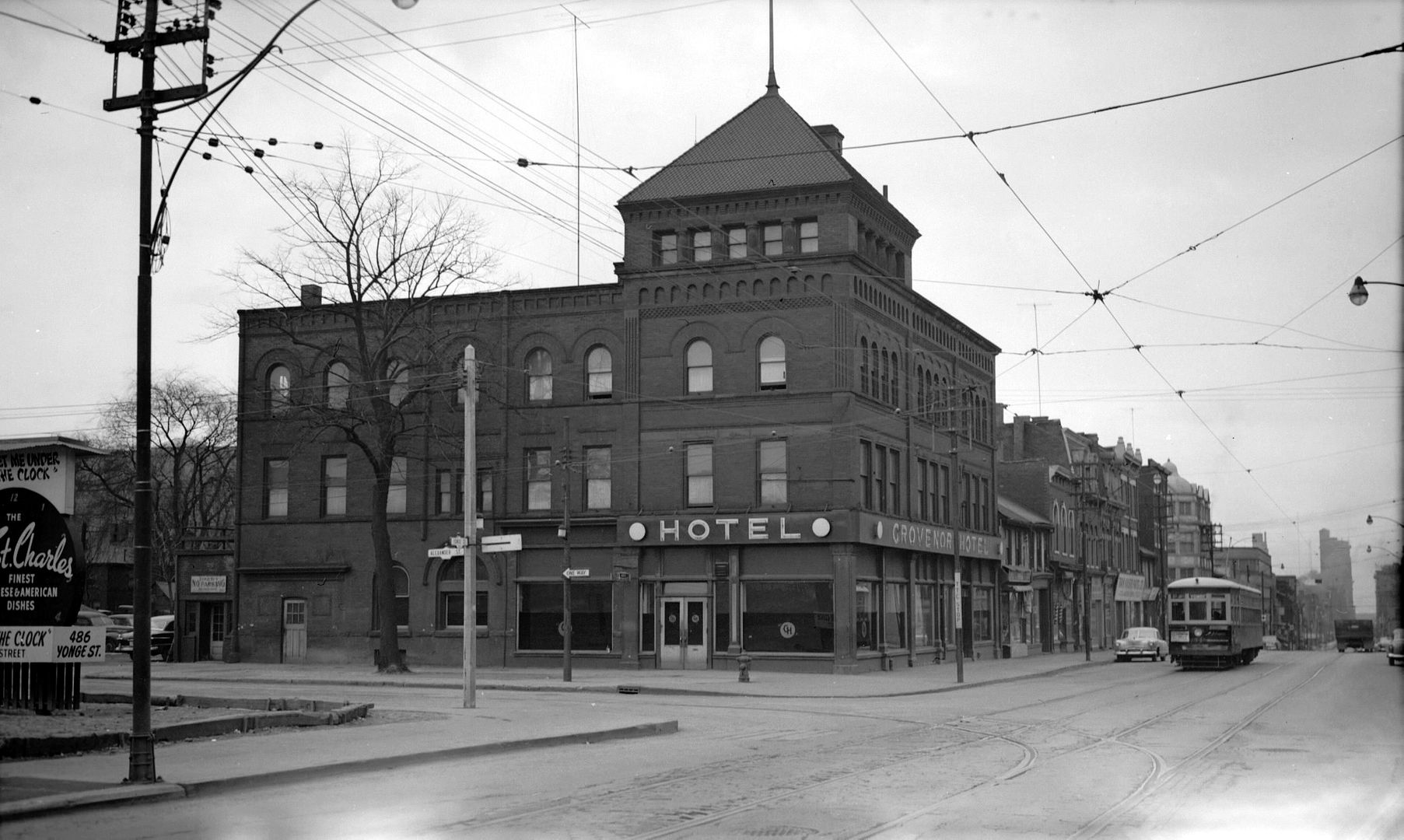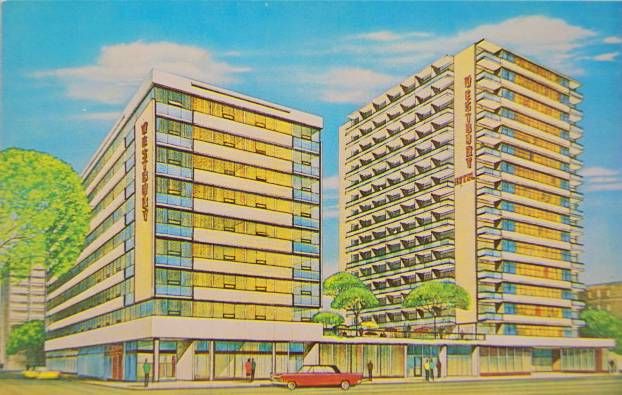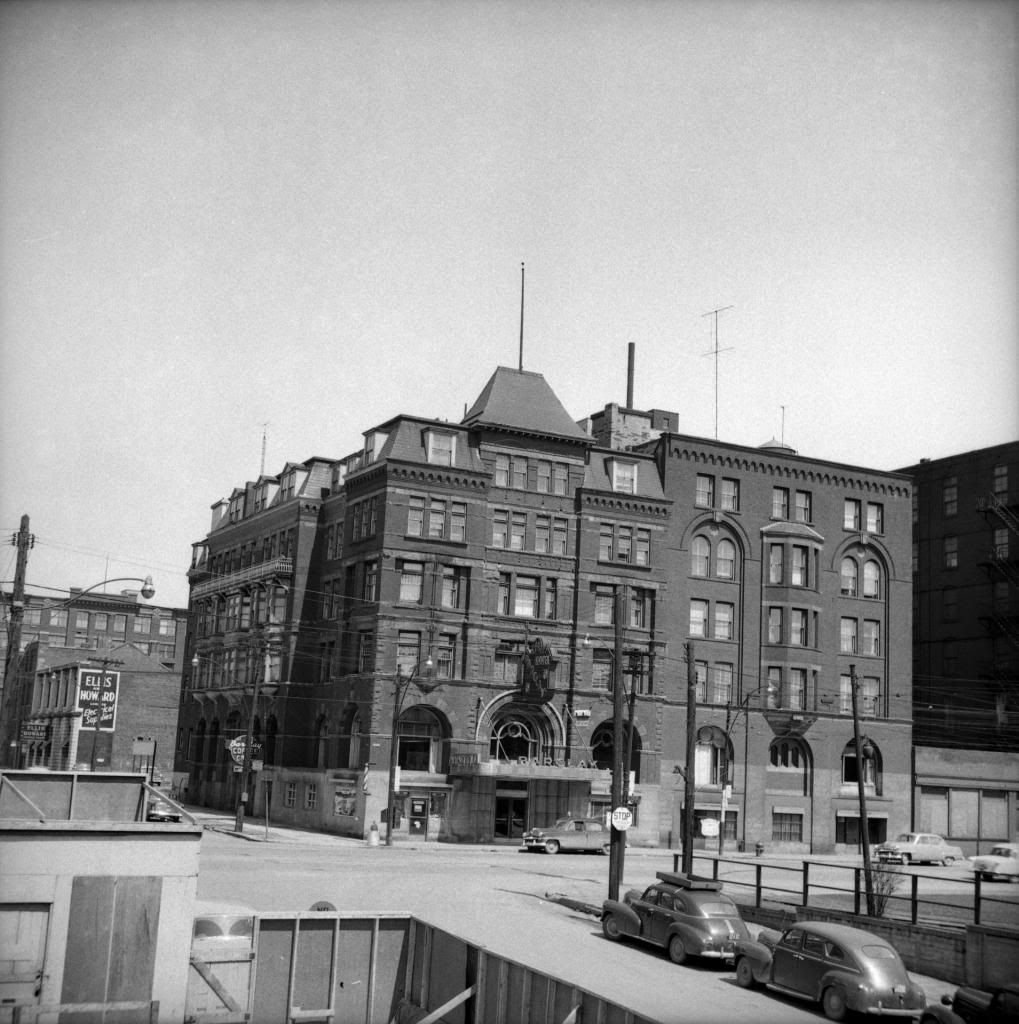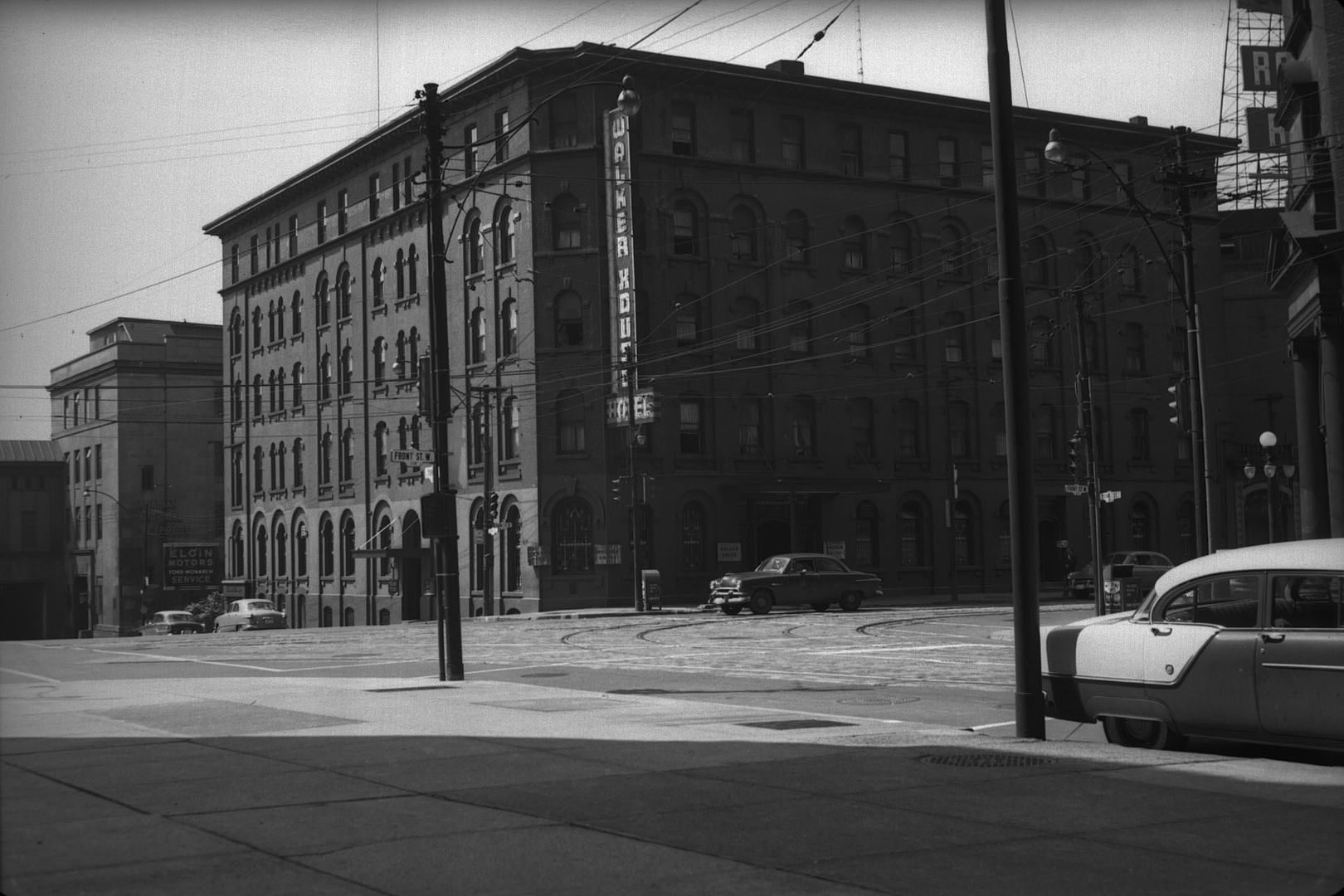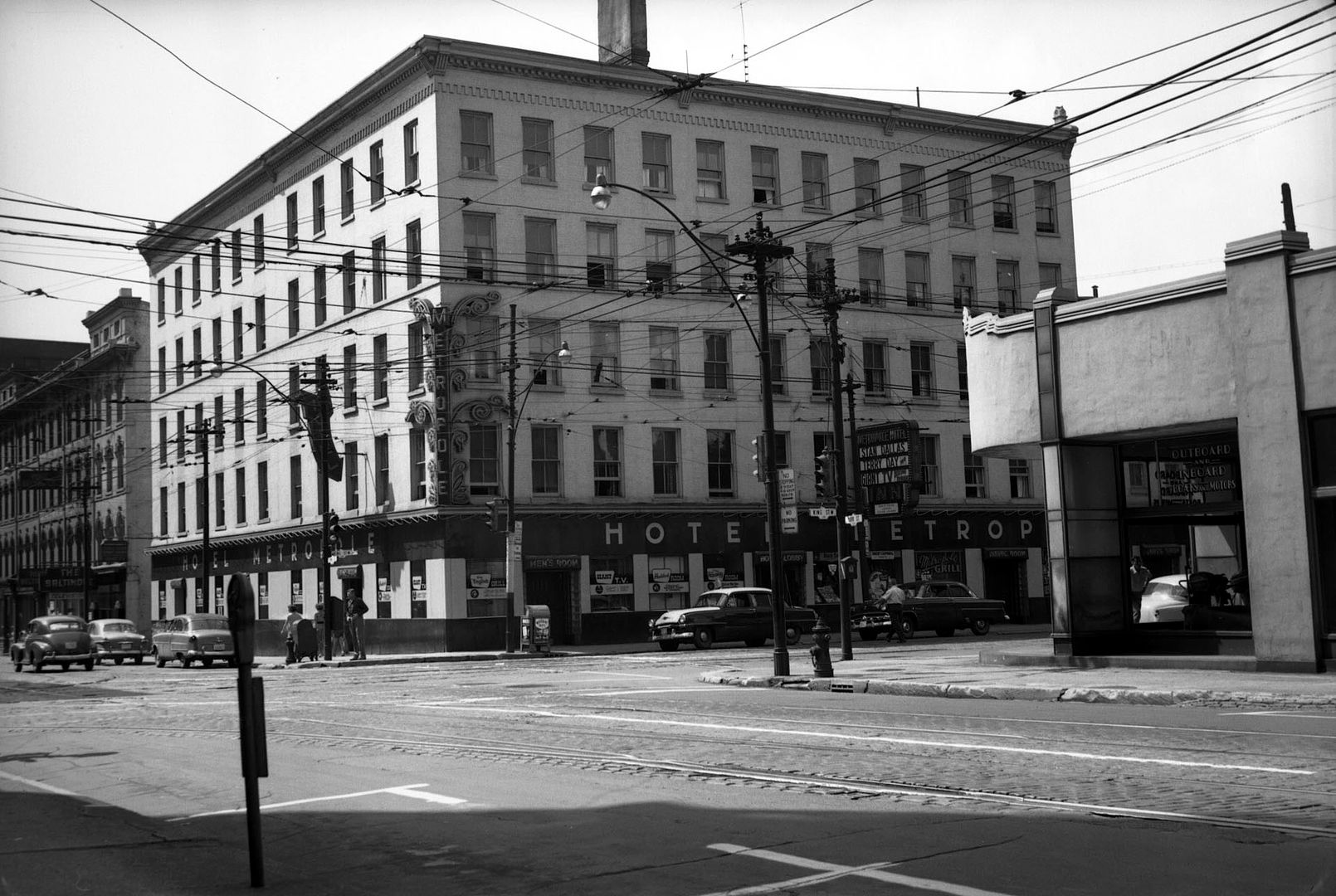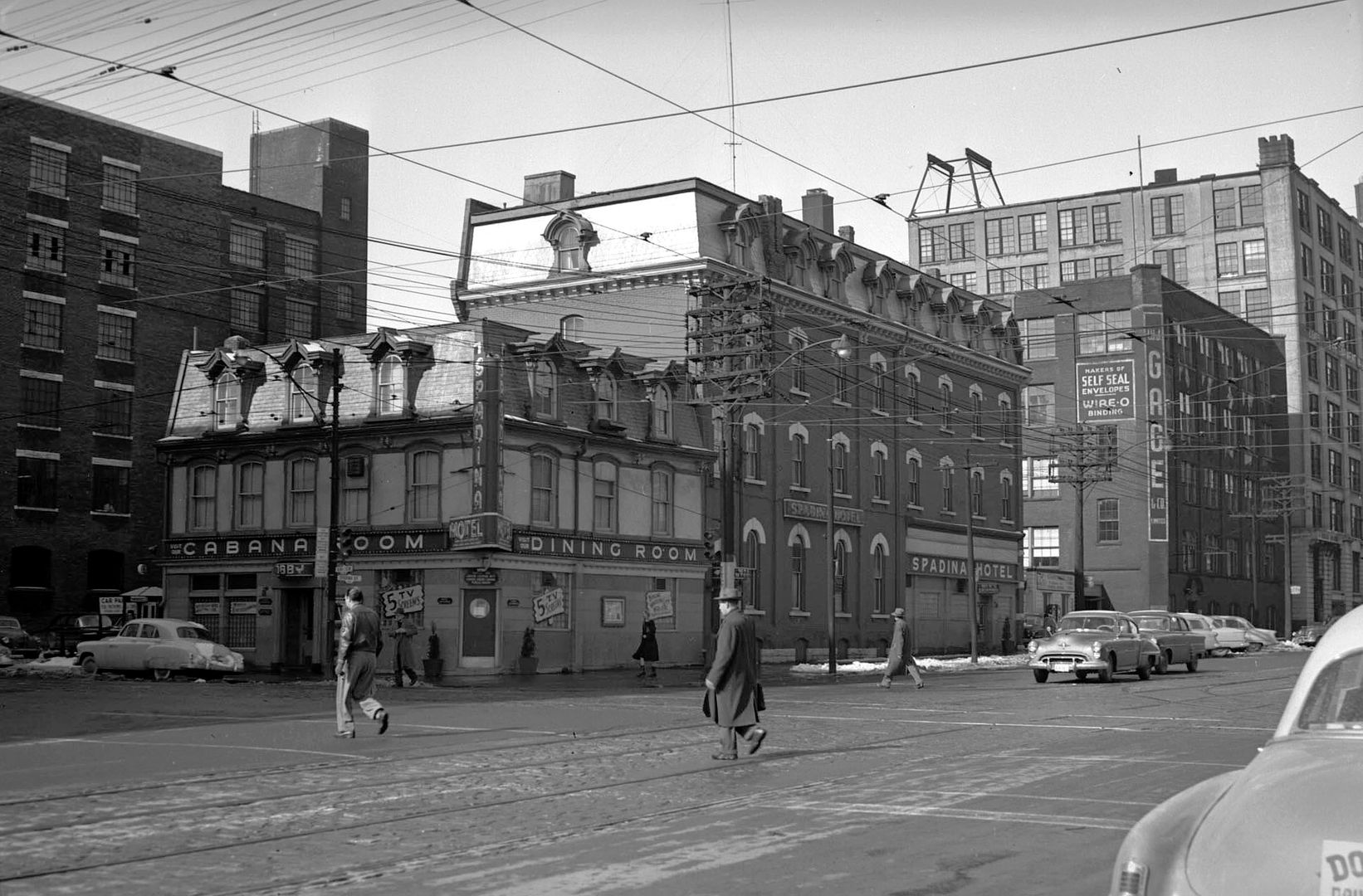Damn. I've been mulling over starting a thread about James Salmon for a while now. I've been a literal follower of his work for years now. Some of the photos here celebrate his work downtown but I think the real glory he left us is the work he did in the north end of town, on the cusp of transition from rural to suburb. These are views that would have been utterly lost to anyone born after about 1950 without his work.
I've blogged referencing his work any number of times, and have posted about the man himself several times. I'd like to share that with you all.
Saturday, November 14, 2009
James Victor Salmon was born in Toronto May 24, 1911. He lived here all his life. Married in 1942, father to two daughters, a designer for 30 years for Toronto's electrical distribution system, he died, apparently of cancer, on November 18, 1958, at the age of 47. He was an avid collector of photos of the city, and seems to have contributed myriad images of his own to that collection for about the last ten years of his life. That collection was donated to the city, for all of us to see.
I want to follow in this man's footsteps, carrying on the work he was forced to abandon all too soon, and walk the places and see the things he was not privileged to live to see. I also want to see for the people who are not born yet... to see for them the way James Salmon saw for me.
In the fringes of the city, now, as always, things are changing. Fast. I want to record that change. What was, what's becoming, what is to be. Today I can precisely geotag these images. Today I can record these scenes in three dimensions, and give people of the future — whose computational power will dwarf what's available to us today — the ability to precisely map and recreate the spacial relationships of objects. Who knows what they'll be able to do with the meager data we reserve for them today. But even if I just give someone like me, 20, 50, 100 years from now the same unimaginable thrill that James Salmon's work has given me, I'll be able to feel that I've paid him back somehow... the only way I can in a universe where time flows just one way.
Monday, November 16, 2009
Sunday I was determined to get out and work with the new camera some. I went down to James Salmon's old neighbourhood to try to recreate some of the shots he took in the 1950s. I brought the G9 with the wide angle attachment and the W1 to capture scenes in 3D. I also decided to try one last experiment to see if I could overcome the problem the W1 was having with keeping videos rolling. On my way down Leslie Street, I set up the camera on my dashboard beanbag tripod and ran a test with the 4G Sandisk Extreme III card I got when I got the G9. It ran for 11 minutes non-stop till I turned if off. Given the longest the camera can record at 640x480 is about 15 minutes, I'd call that a successful run. Limits the cards I can use to those By Appointment to Her Majesty, though. The G9 seems to do just fine with slower cards, even when I record video, so I guess I'll use the class 6 16G card with it and cede the fast card to the W1.
James Salmon lived on Broadway Avenue, a street that runs parallel to Eglinton Avenue, a couple of streets north of it. I parked near the house and took a few photos of it, then I set off to recreate some of his shots. I'd printed them and had them in my jacket pocket for reference. The first ones were shots he took near Eglinton and Bayview back in the 50s when the strip mall was being built there and the swamp was being filled in. I did my best to recreate them, but it was hard to know exactly where he stood. I also shot the intersection itself from a few angles for the benefit of future researchers. On my way back, I briefly videoed a dozen or so 30-somethings tossing a football around in the bowl-shaped park south of Eglinton.
Below is his house, 461 Broadway.
...and the view across the street from his house; 458-464 Broadway, in 1948, 1949, and 2009. You can orient the view with the fire hydrant in the 1948 and 2009 shots. Incidentally... if you look closely, you'll notice an interesting trend. None of these places seems to have a garage or attendant room above it at the time of construction... but they pretty much all seem to have grown one on in the meantime (including, probably, James Salmon's house, above). I wonder when the vogue for doing this hit the neighbourhood. "So, what'll it be, honey... a garage and a family room, or a bomb shelter?"

...Looking west down Eglinton towards Bayview, 1951 and 2009...
...and east up Eglinton from Bayview, from in front of Sunnybrook Plaza. In the distance on the right is Leaside Secondary School. Again, 1951 and 2009.


I drove along Broadway a few blocks east to Brentcliffe. Brentcliffe was once the street where Eglinton effectively ended west of the Don Valley. When the Salmons first lived in the area, Eglinton didn't cross the Don yet. It more or less dead-ended in the trees above the valley. I know this for sure because one of the photos James Salmon took in the early 50s was just that. Later, he took photos of the work being done building what was called "the Eglinton Extension" between there and Victoria Park Avenue. No one calls it that anymore; I was astounded to find out there'd even been an "Eglinton Extension" when I first read about it four or five years ago. I took photos more or less matching Salmon's, and then just for good measure, walked west to Laird where he had photographed some store fronts at the northwest corner. They still looked kind of the same, in shape, if not in function. Eglinton and Brentcliffe, 1954 and 2009; Eglinton west of Laird, 1955 and 2009.




June 6, 2010
Joyce said...
James V. Salmon only lived at 461 Broadway Avenue until 1956. The family moved to 113 Holcolm Road in Willowdale (Finch and Yonge area)in '56 where he lived until his death in '58. His wife, Jean, became a public school teacher and lived on Holcolm Road until the early 1980's and then moved to Bramalea. In the '90's, she spent her remaining years in various nursing homes as her health deteriorated from Alzheimer's Disease. It's nice to know that my father's work is still appreciated after 50+ years.
Tuesday, November 24, 2009
Sunday I decided to get out and do something I've been planning to do since learning the requisite information: visit the resting place of James Salmon. He's buried in Glendale Memorial Gardens at the northwest corner of Albion Road and Hwy 27. Back in 1958, I imagine it was utterly rural and surrounded by nothing but farmland. Today, it's at the edge of suburbia and light industry. Nothing around the place towers over it, but I imagine that's bound to change as the city grows into the northwest of Rexdale and southwest of Vaughan. It was a really strange thing to finally be separated from James Salmon by only about six feet or so physically, but a half a century in time... and that was the dimension that trumped, of course. I'd give a lot to be able to talk to him. But at least he left us what he saw, and he was dutiful enough to record it instead of just see it. Buried with him is his wife, Jean, to whom I believe our gratitude is due for having donated his collection to the city. I took a few photos of their resting place, and of its current surroundings, and one holding up a photo he took at Bayview and Eglinton in the early 50s, not far from their home. For what it's worth, I made a point of saying thank you. If the gesture did no one else any good, living or dead, at least it mattered to me.


